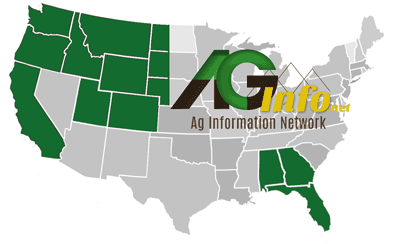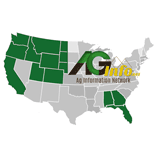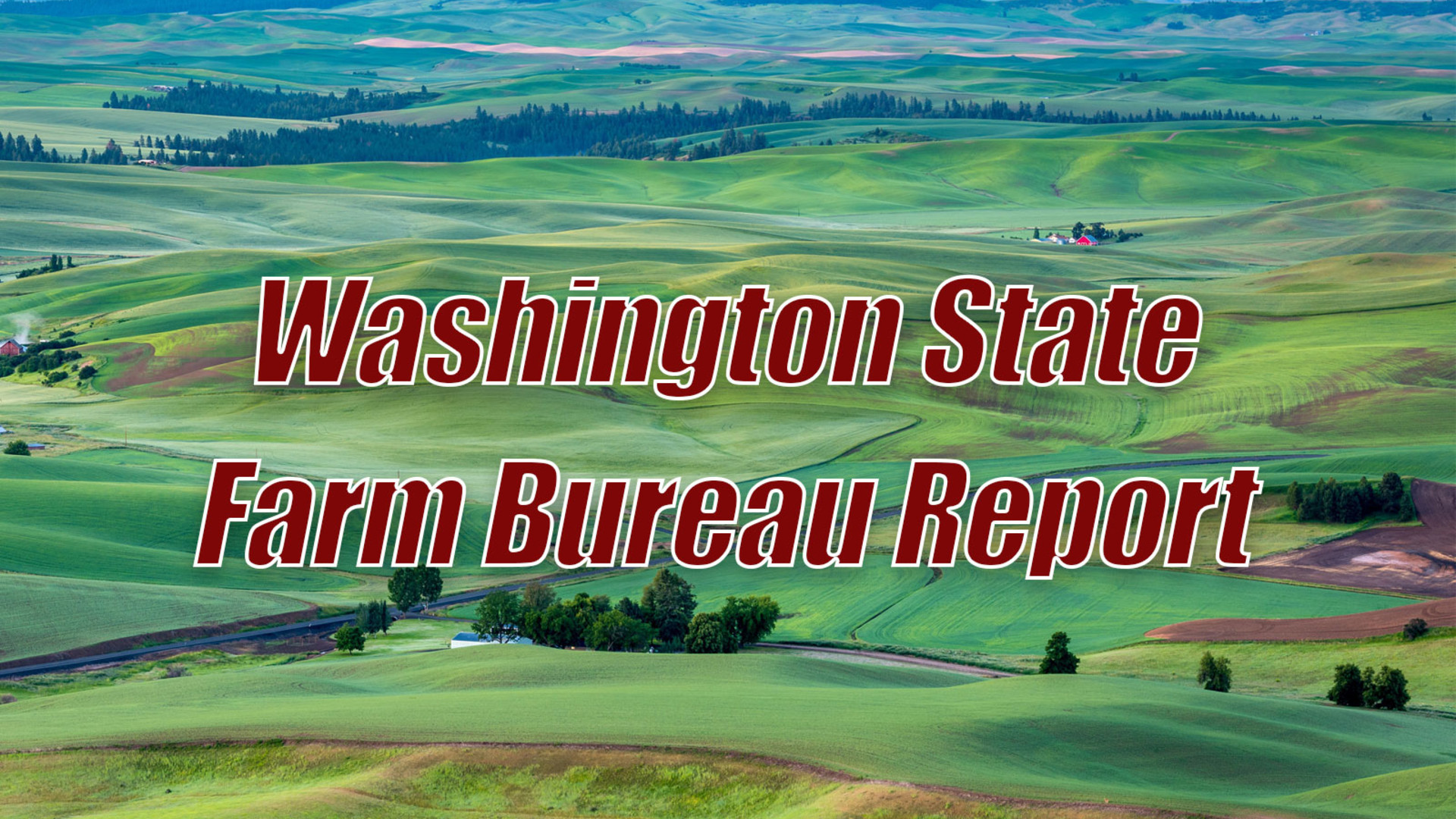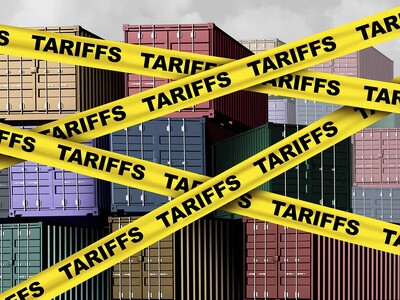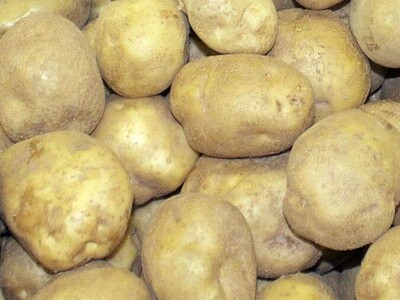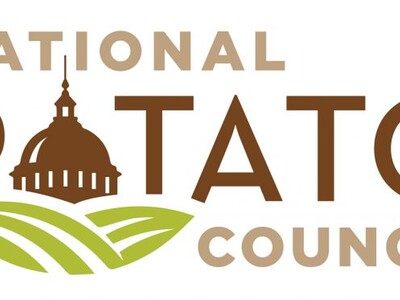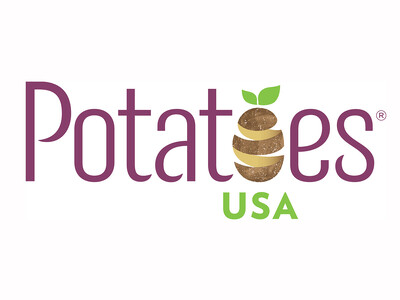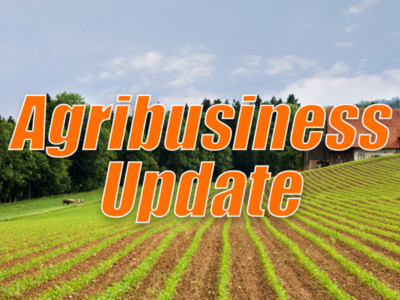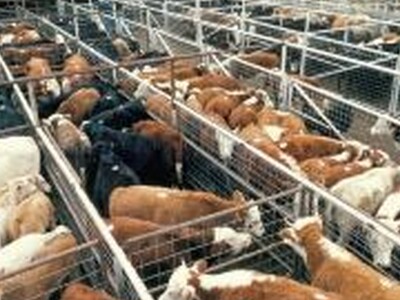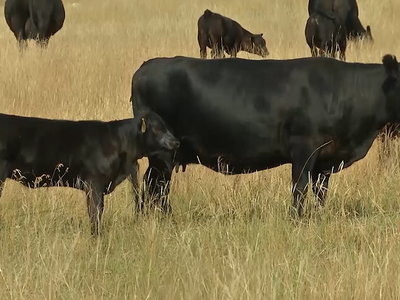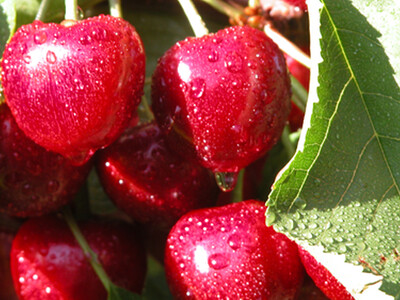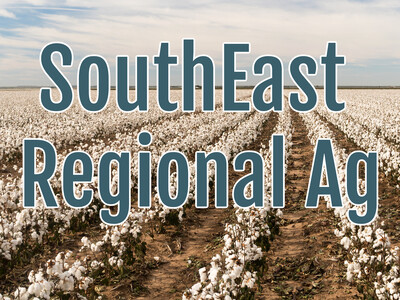Canadian cattle imports down; invasive pest concerns
Washington Ag Today July 23, 2009 U.S Department of Agriculture data show that through the first six months of 2009 imports of Canadian cattle totaled nearly 470-thousand head. That was down 36 percent from the same period in 2008. Canadian slaughter cattle imports dropped 25 percent from a year ago, feeder imports were down 48 percent. Analysts say part of the decline is economics and part the impact of U.S. packers’ and feeders’ reactions to Country of Origin labeling. The Asian long horn beetle. The light brown apple moth. Those are invasive species to the United States and more varieties of such pests continue to cause damage in parts of the country. Dave Sacks of USDA’s Animal and Plant Health Inspection Service says there are a lot more pests the U.S. wants to keep out. Sacks: “The list of invasive pests that we know are in other countries that we want to keep out of the United States, it‘s in the hundreds. Probably 400 at a minimum.” Sacks explains why invasive pests are a problem. Sacks: “They are now in an area where they are not needed. Which means we don‘t typically have species, other pests, or animals that feed on them here so we have to find other ways, safe for the environment, that get rid of them.” Sacks says that in many cases APHIS and state and local officials must determine if populations in small numbers even pose a threat or if left unchecked what is the potential threat of species. And that usually will determine appropriate treatment, which could be among other things, quarantine, or the removal of trees or plants that host the species in an attempt to control or eliminate their numbers. I’m Bob Hoff and that’s Washington Ag Today on the Northwest Ag Information Network.
